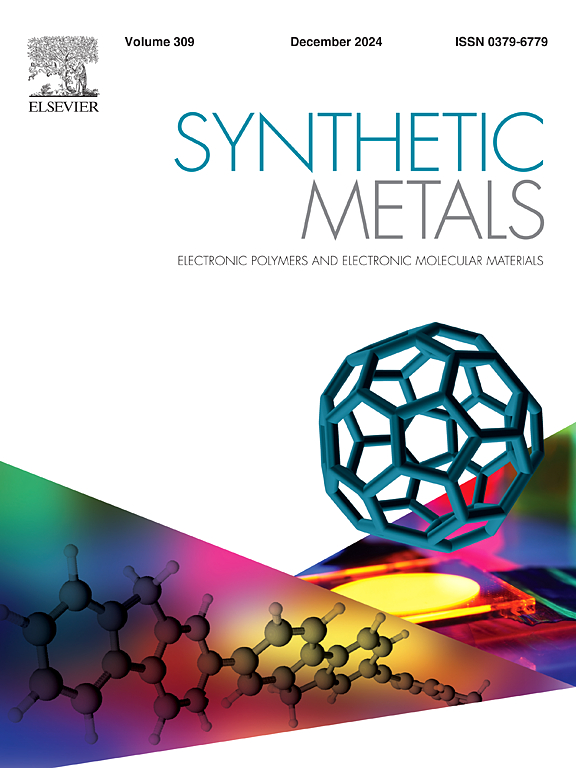Fabrication of a pencil graphite electrode modified with PABSA/MXene@BPB and its application for trace analysis of labetalol
IF 4.6
3区 材料科学
Q2 MATERIALS SCIENCE, MULTIDISCIPLINARY
引用次数: 0
Abstract
A sensor was developed to quantify labetalol through a two-step electrode modification process. Initially, a pencil graphite electrode (PGE) was immersed in a solution containing Ti₃C₂Tₓ MXene and bromophenol blue (BPB), enabling the co-deposition of MXene and BPB onto the electrode surface to form MXene@BPB/PGE. Subsequently, the modified electrode was transferred into a phosphate buffer solution (pH = 7.0) containing aminobenzenesulfonic acid, and electropolymerization was carried out via cyclic voltammetry (CV), resulting in the formation of poly(aminobenzenesulfonic acid) on the electrode (PABSA/MXene@BPB/PGE). Under optimized conditions, labetalol was detected in two linear dynamic ranges of 0.1–1.0 nM and 1.0–10.0 nM, with a detection limit of 0.02 nM. The method demonstrated high sensitivity and accuracy for labetalol determination in urine and blood samples. Electrode surface characterization was performed using field emission scanning electron microscopy (FESEM), electrochemical impedance spectroscopy (EIS), and CV.
PABSA/MXene@BPB修饰铅笔石墨电极的制备及其在拉贝他洛尔痕量分析中的应用
通过两步电极修饰工艺,研制了一种用于定量拉贝他洛尔的传感器。首先,将铅笔石墨电极(PGE)浸入含有Ti₃C₂TₓMXene和溴酚蓝(BPB)的溶液中,使MXene和BPB在电极表面共沉积形成MXene@BPB/PGE。随后,将修饰后的电极转移到含有氨基苯磺酸的磷酸盐缓冲溶液(pH = 7.0)中,通过循环伏安法(CV)进行电聚合,在电极(PABSA/MXene@BPB/PGE)上形成聚氨基苯磺酸。在优化条件下,拉贝他洛尔在0.1 ~ 1.0 nM和1.0 ~ 10.0 nM线性动态范围内检出,检出限为0.02 nM。该方法测定尿液和血液样品中的拉贝他洛尔具有较高的灵敏度和准确性。采用场发射扫描电镜(FESEM)、电化学阻抗谱(EIS)和CV对电极表面进行表征。
本文章由计算机程序翻译,如有差异,请以英文原文为准。
求助全文
约1分钟内获得全文
求助全文
来源期刊

Synthetic Metals
工程技术-材料科学:综合
CiteScore
8.30
自引率
4.50%
发文量
189
审稿时长
33 days
期刊介绍:
This journal is an international medium for the rapid publication of original research papers, short communications and subject reviews dealing with research on and applications of electronic polymers and electronic molecular materials including novel carbon architectures. These functional materials have the properties of metals, semiconductors or magnets and are distinguishable from elemental and alloy/binary metals, semiconductors and magnets.
 求助内容:
求助内容: 应助结果提醒方式:
应助结果提醒方式:


